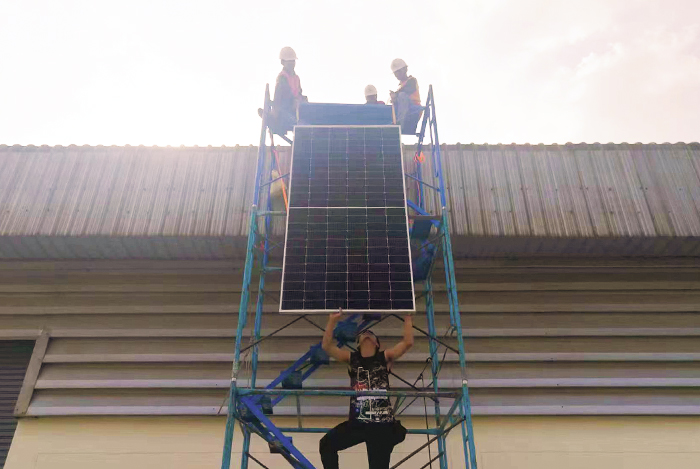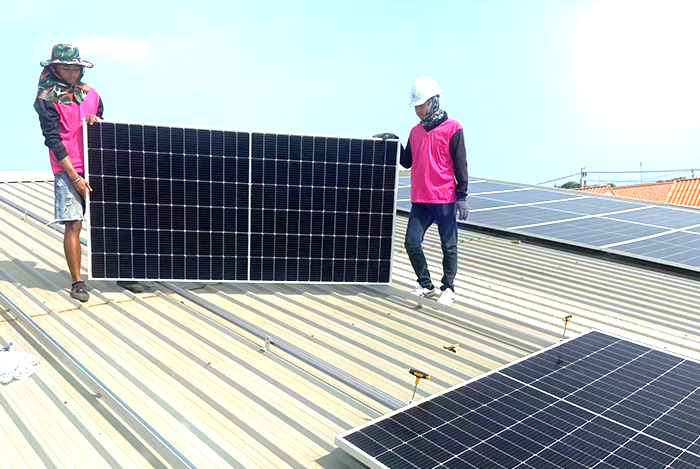Contrary to common belief, increasing the size of solar modules doesn’t automatically lead to higher efficiency. The efficiency of a solar module is influenced by multiple factors, making module size a decision that requires careful consideration. Here are the main points to keep in mind:
1. Power Output Is Not Proportionate to Size
While larger modules can capture more sunlight and potentially generate more electricity, their efficiency is not purely dependent on surface area. Efficiency also relies on factors such as the quality of materials, optimal module design, and environmental conditions like temperature and humidity. In low or inconsistent sunlight conditions, simply increasing module size may not yield significant efficiency gains. Modules that are well-designed and made from high-grade materials may outperform larger, lower-quality modules in overall power generation.
2. Increased Manufacturing Costs
Larger modules require more raw materials and energy during manufacturing, leading to higher production costs. Additionally, producing larger modules demands more advanced technology and rigorous quality control to ensure structural stability and electrical performance. As module size increases, the complexity of ensuring each cell's efficiency and reliability also rises, impacting the overall cost of production.

3. Challenges in Transportation and Installation
The transportation and installation of large modules pose logistical and financial challenges. Oversized modules require specialized transport vehicles and handling equipment, which increase the project’s budget. For instance, larger modules need more substantial mounting structures and often a team with specific expertise, leading to longer installation times and potentially higher labor costs.
4. Technical Complexity and Reliability Concerns
Large modules face additional technical challenges that can affect long-term reliability. With greater surface area, larger modules are more susceptible to structural stress and may experience higher degradation rates over time, especially in harsh weather conditions. Ensuring consistent quality across a larger module is complex, as larger surface areas increase the risk of micro-cracks and other defects that can impact performance and longevity. These factors make regular maintenance more critical and costly.

5. Limited Suitability Across Applications
Different applications call for different module sizes. For example, in rooftop installations, where roof space is limited or irregularly shaped, flexibility in module sizing is essential. Smaller modules are often more practical for residential installations, as they allow for a customized layout that optimizes available space. In contrast, large modules are typically used in utility-scale solar farms, where ample space is available, and installation conditions are more standardized.
Conclusion
The decision on solar module size involves more than just maximizing surface area. It’s essential to weigh the benefits of increased power output against the challenges of cost, transportation, installation, durability, and compatibility with the intended application. Rather than opting for the largest module available, the focus should be on selecting a module that meets the specific needs of the installation environment, ensuring long-term efficiency, performance, and cost-effectiveness.
By carefully considering these factors, solar projects can achieve optimal efficiency while managing costs and technical challenges.







